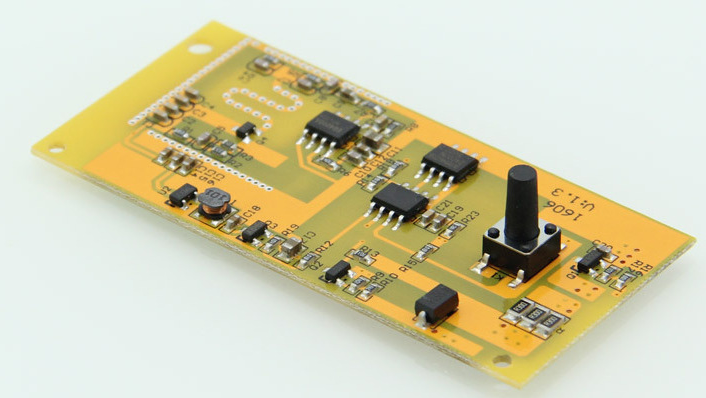Flat cable, also called flexible circuit board (FPC). It is used for data transmission in moving parts and active areas in accordance with the regulations of the industry's specifications, such as the wiring rules, line sequence, line color, and line number. Data cables and data cables between connected devices are collectively referred to as flat cables. The flat cable is mainly divided into two types: round head at both ends (referred to as R-FFC, used for direct welding) and flat at both ends (referred to as FFC, used to insert sockets). It is most suitable for data transmission cables between moving parts and motherboards, between board to board, and miniaturized electrical equipment. Because the price of FFC cable is better than FPC (flexible printed circuit), its application will become more and more widespread. In most places where FPC is used, FFC can be used instead.
, The cable has higher assembly reliability and quality. The cable reduces the hardware required for internal connections,

such as solder joints, relay lines, backplane lines and cables commonly used in traditional electronic packaging, so that the cable can provide higher assembly reliability and quality. Because the traditional interconnected hardware composed of complex multiple systems is prone to high component misalignment rate during assembly. Ping.Wu, marketing manager of EECX Electronic Products Division, said: "The rigidity of the flex cable is low and the volume is small. It is precisely because the flex board components are small in size, so the materials used are less." With the emergence of quality engineering, A very thin flexible system is designed to be assembled in only one way, thus eliminating many of the human errors usually associated with independent wiring projects.
The minimum line width and line spacing is 3mil/3mil;
The smallest wire hole finished product reaches 0.15mm.
There are many reinforcement materials for FPC flexible circuit boards, such as FR4 reinforcement, PI reinforcement, and steel sheet reinforcement, in order to prevent deviation from the high temperature resistance of welding or pasting materials!
Fpc cable bending test
Because the FPC cable is a kind of FPC, its composition is the same as that of FPC. FPC is generally elongated, and both ends are designed as pluggable pins, which can be directly connected to the connector or welded to the product. The middle is usually a circuit, because the FPC cable needs a certain degree of flexibility, therefore, the base material is generally made of rolled copper, which is resistant to tortuous and flexible.
Reinforcement boards are unique to flexible printed boards, and their shapes and materials used are also diverse. Now the general steps are shown in the following figure.
Adhesives are generally film-like, and the two sides are protected by a release film. The adhesive film with one side of the release film is attached to the reinforcement board, and then the shape and hole are processed, and then it is laminated with the flexible printed board by the hot roll lamination method. The material used is different, the dimensional accuracy of the shape is also different. The rigid board of epoxy glass cloth laminate and paper-based phenolic laminate can be processed by CNC drilling and milling machines or molds. Polyester and polyamide film can also be used for simple shape processing with a die. Generally, the film-like reinforced plate does not need to be processed with fine holes, and can be processed by CNC drilling and molds. If it can be processed or automated in a relatively short period of time, it will reduce manufacturing costs. Aligning and positioning the reinforcement board on the flexible printed circuit board with the processed shape and holes, this process is difficult to automate, and it accounts for a large proportion of the processing cost, because this operation has to be carried out manually, if A flexible printed board requires multiple reinforced boards of different materials, which increases the cost. On the contrary, if the design is simple or the easy-to-operate jig is used, the production efficiency will be significantly improved, thereby reducing the cost. All factories are working hard to improve this process, but still need personnel with certain production skills to operate.
advantage:
The use of FPC can greatly reduce the volume and weight of electronic products, and is suitable for the development of electronic products in the direction of high density, miniaturization and high reliability. Therefore,FPC has been widely used in aerospace, military, mobile communications, laptop computers, computer peripherals, PDAs, digital cameras and other fields or products. In addition, it can be arbitrarily arranged in accordance with the space layout requirements, and can move and expand in three-dimensional space, so as to achieve the integration of component assembly and wire connection.